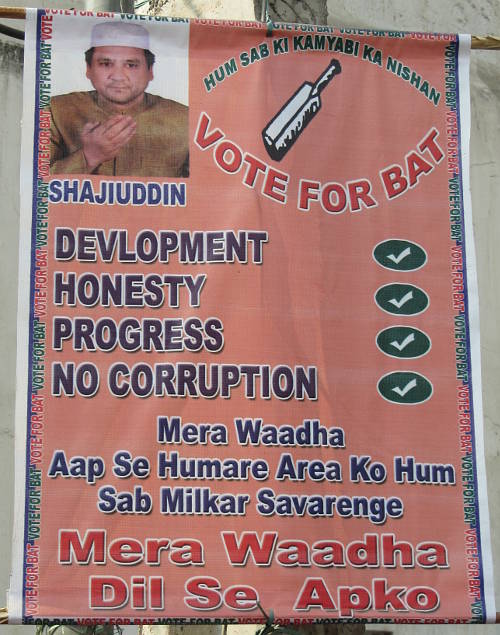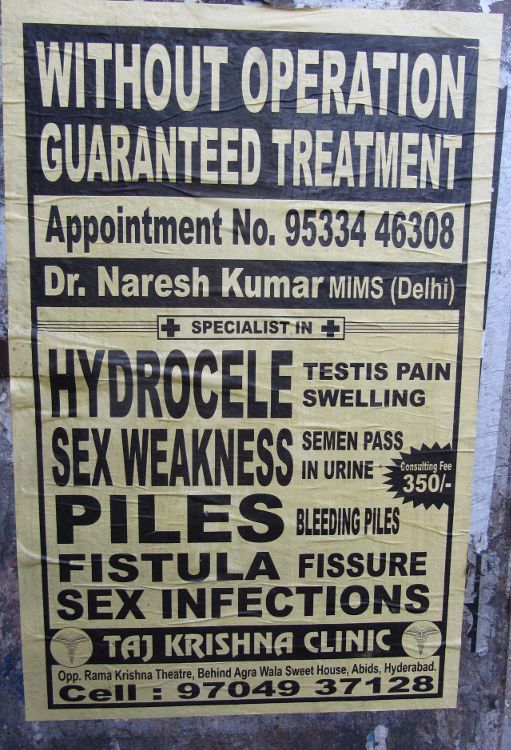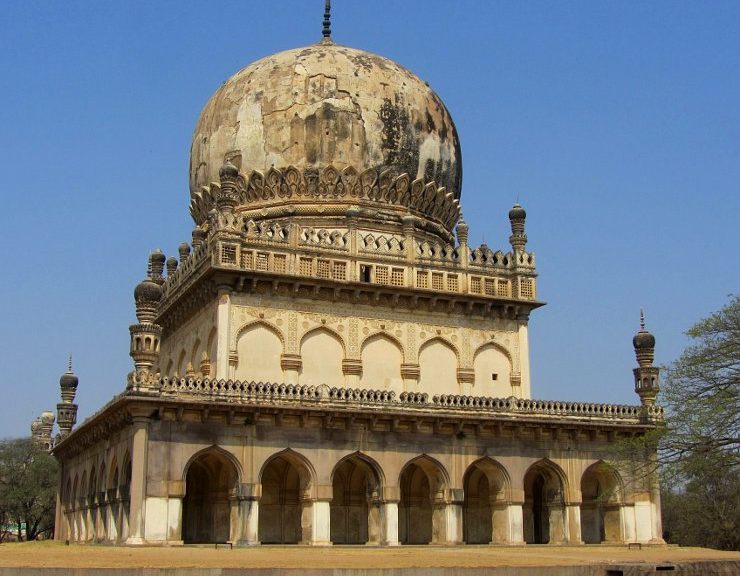
Chennai to Hyderabad
Week 1, Chennai to Hyderabad, Feb 2016
According to the Lonely Planet, with its withering southern heat, roaring traffic and scarcity of outstanding sights, Chennai has always been the rather dowdy sibling among India’s four biggest cities. I don’t know about dowdy sibling but I have have to say Chennai doesn’t really have much going for it. Having said that, it IS India and therefore there is always something to see, taste and experience. And I spent a couple of enjoyable days getting under the skin of the place and exploring its highlights.
As with a number of Indian cities, Chennai was just a fishing village before the Brits rocked up. They found the place in 1639 and it has never looked back. Naturally the first thing the Brits did was build a fort – Fort St. George and it is still the centre of power, but now it is the seat of the Government of Tamil Nadu. As such, it’s a bit tricky to negotiate the security but well worth it. The fort is actually a complex of buildings, in addition to the Government administrative buildings , there is also the oldest Anglican church in India – St. Mary’s church, built in 1678 and the very interesting Fort museum. The museum, shall we say, has an old world charm. The fabric of the building seems to be of the same age as the exhibits which include medals, uniforms, porcelain and a portrait gallery displaying very large paintings from the Victorian era and before.

The fort used to be known as White town and the surrounding neighbourhood, where the locals lived, Black town. This area is also fascinating. In busy, noisy, narrow lanes, there are crumbling Victorian buildings, side by side with shops selling everything from electrical cables to kitchen implements and street hawkers selling food and baseball caps. However, amongst the hubbub is an oasis of silence, the Armenian church. Once inside the church courtyard the only noise is that of caged birds. Respite from the heat is provided by the shade of frangipani trees. There are the graves of the Armenian community which is now long gone. The bell tower has six bells, one of which was produced by the Whitechapel Foundry, which also made Big Ben.

I’ve mentioned two famous churches of Chennai, but perhaps the most famous is San Thome Cathedral which is supposed to be the final resting place of St. Thomas the Apostle. Rather going against historical fact, St. Thomas was supposed to have brought christianity here in AD52 and was subsequently killed. Although most of St. Thomas is apparently in Italy, you can see a tiny bone fragment of his at the rather large tomb underneath the church. There is also a, presumably plaster, cast of him lying in state here along with a small museum.


Near the church is the largest temple in Chennai, the Kapaleeshwar Temple. The temple is in the typical Dravidian style, common throughout the deep south of India, in that it has a huge gopuram, the ornate monumental tower, visible for miles around. Unfortunately there is a new law in Tamil Nadu banning temple entry to anyone wearing “western clothes” so I only got to see the outside.






So these are the “sights” of Chennai but I have to say, the highlight, for me anyway, as it often is, has got to be the food. I’ve got a couple of photos below. The first one is of the food cart where I had my first Indian meal on this trip – a very tasty fish curry. Interestingly, the guy tried to give me a beef curry which I found surprising in this predominantly Hindu country but I found out that the states have their own laws on whether cows can be butchered and eaten. Ĩn Tamil Nadu it is supposed to be against the law (on the whole – it is apparently illegal to slaughter cows but not illegal to sell or consume the beef from cows). In any case, I learned later it was probably buffalo anyway – just like when I saw a beef butchers in Hyderabad. In Kolkata, however, it is perfectly legal to slaughter, sell and eat cow meat. The other photo is one of my favourite dishes – the Masala dhosa – a famous southern Indian staple and which I had for breakfast most days.


The last photo is of a street sign. I found many intriguing signs throughout India (and a few of them will find their way onto these pages), most feature pithy statements such as the common road traffic warnings: “speed thrills, but kills”, “After whisky, driving risky”

Hyderabad
One of the major differences I noted between the India of today and when I visited 20 years ago was travel. No, not the trains – the rolling stock is the same and they run to the same timetable. The major difference is air travel. The airports I saw were all new and the flights were incredibly cheap. So instead of getting a 12 hour plus train or bus journey, I took the one hour flight from Chennai to Hyderabad and it cost me the princely sum of 15 GBP. I was looking forward to Hyderabad for two main reasons – the Islamic architecture and the food. When I lived in Sri Lanka, I used to go to a Biryani restaurant run by Hyderabadis and I vowed then to visit the spiritual home of this iconic dish.
To borrow from the lp again, the old city of Hyderabad is everything you might dream an Indian city to be – narrow lanes thronged with markets, chai shops, wandering animals, autorickshaws, a whirl of noise, colour, languages and religions dotted with stately old architecture in varying states of repair. It was certainly this. I started my journey at Hyderabad’s principal landmark – the Charminar. Beautiful as it is, I found the area around much more interesting. The streets are wide close by but they were covered in stalls. Mainly clothes but also so many stalls selling bangles. And not just stalls. One road leading away from the Charminar was lined with shops all selling just bangles. Hyderabad truly is the world centre of bangle salesmen!



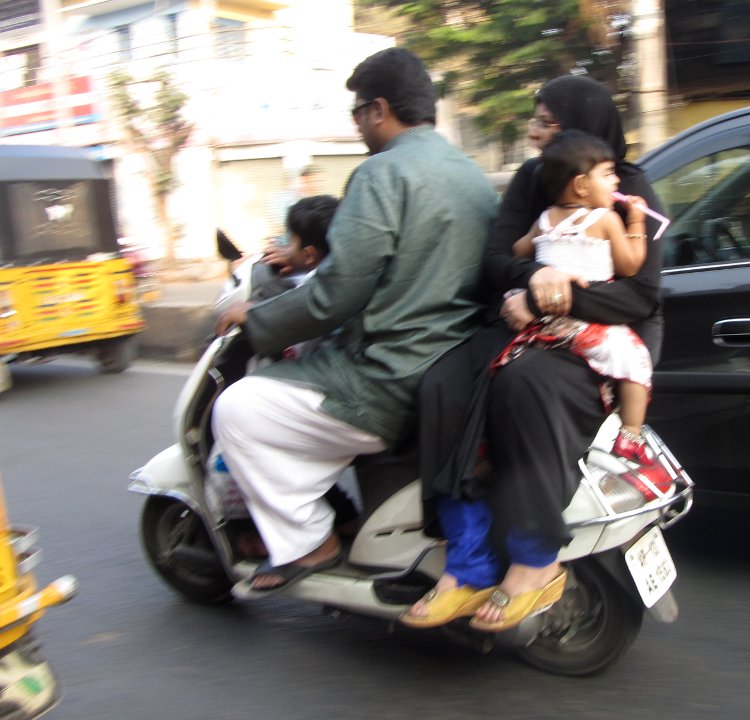

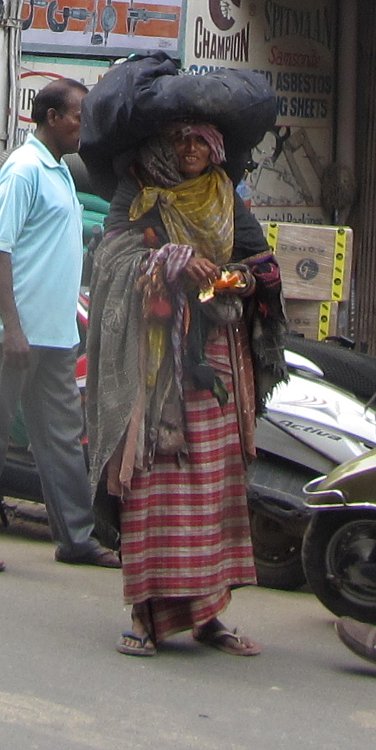
I also noted that there was a sizeable muslim population here as well. Many of the woman haggling over the clothes and bangles were completely covered in black burkhas. The old city spreads in all directions from the Charminar and contains much of interest including more historical buildings. There are a number of museums here including the Salar Jung museum and the Nizam’s museum but I only had time for one, the Chowmahalla Palace. This opulent 18th and 19th century palace was the main residence of several nizams (the muslim rulers of that time) and comprises a number of courtyards and gardens in addition to the magnificant grand Kilwat (Durbar Hall) containing 19 enormous chandeliers of Belgian crystal. It is also a welcome respite from the noise and heat of the surrounding city.
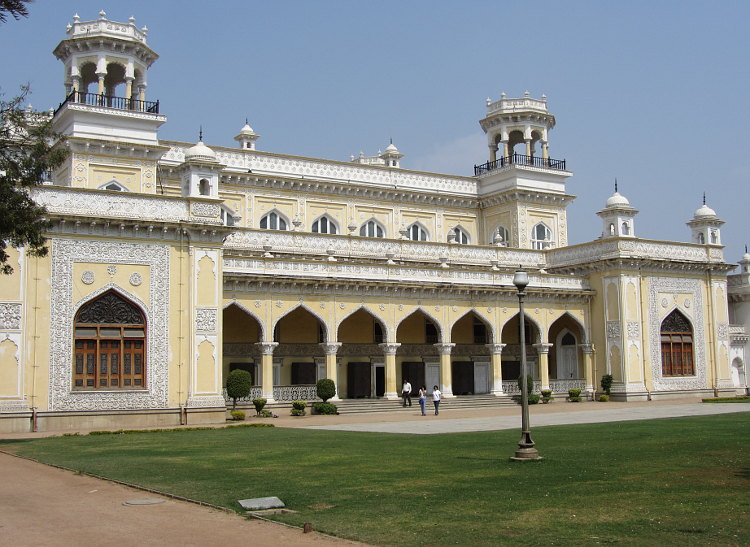
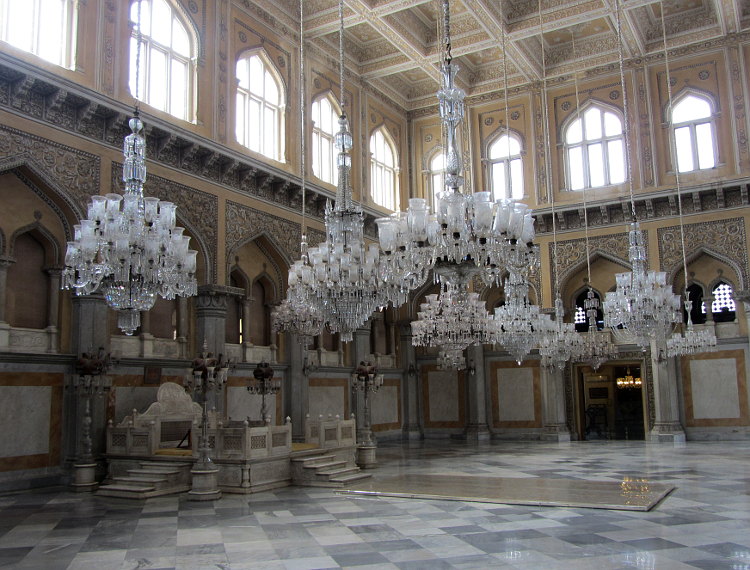
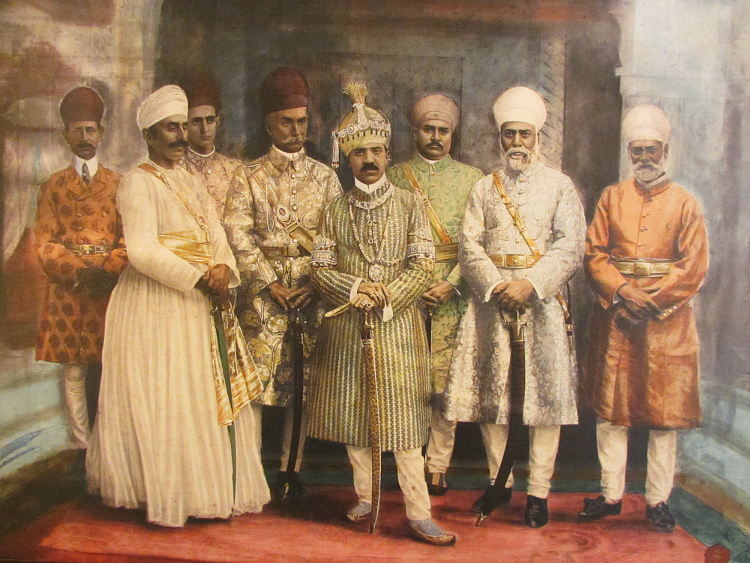
It was really interesting just to wander these old quarter streets and I found lots of interest, not least the markets which are always full of hussle and bustle. The old meat market near Mehboob Chowk was especially interesting, the walls splatted with centuries old blood from various creatures. Rather than using a regular guidebook I found the Telangana Tourism page very useful and used their maps for guiding me around the old city. They do guided local heritage walks as well. There are some interesting old buildings marked on their map but unfortunately the city authorities are just letting them slowly decay to be lost forever. One such building, the Khursheed Jah Baradari was, at one time, a major palace but is now home to squatters, its grounds an impromptu cricket square. As an aside, this government tourism website was very useful, but in general, I found the Indian tourism offices totally useless. Most of them didn’t even supply local maps.





As a break from the heat, noise, dust and traffic of central Hyderabad I spent one day touring the fort of Golconda and the nearby tombs of the Qutb Shahis. Golconda Fort is about 10kms west of downtown Hyderabad and it took me 45mins by autorickshaw. Although 10kms west of downtown, you don’t actually leave the city as the countryside doesn’t begin until after the fort. I say countryside but the man at the chai stall near the fort told me they hadn’t had proper rain for two years and so the surroundings were all barren, brown and very dusty. The fort was built by the Qutb Shahs in the 16th century and sprawls over a small hillside. Pictures don’t really do it justice as it is a huge complex albeit almost completely in ruins. It was here that I first became aware of the large numbers of tourists in India – not foreigners, I hardly saw any on my entire trip, but Indian tourists. Many of them asked to be photographed with me so I took the opportunity to ask where they were from. It turned out from all over India!
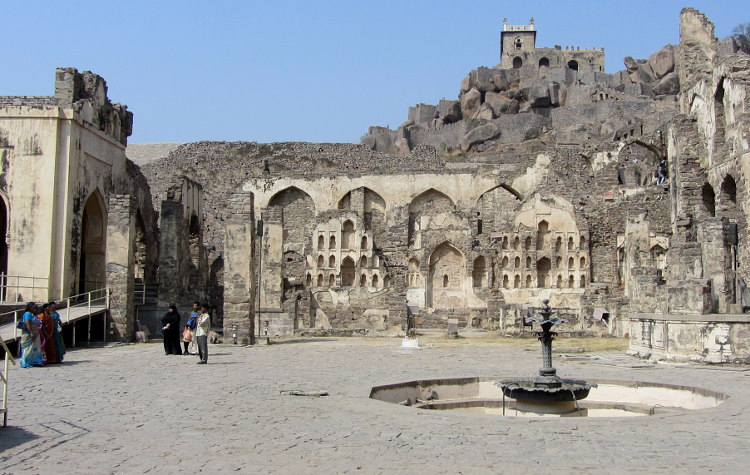
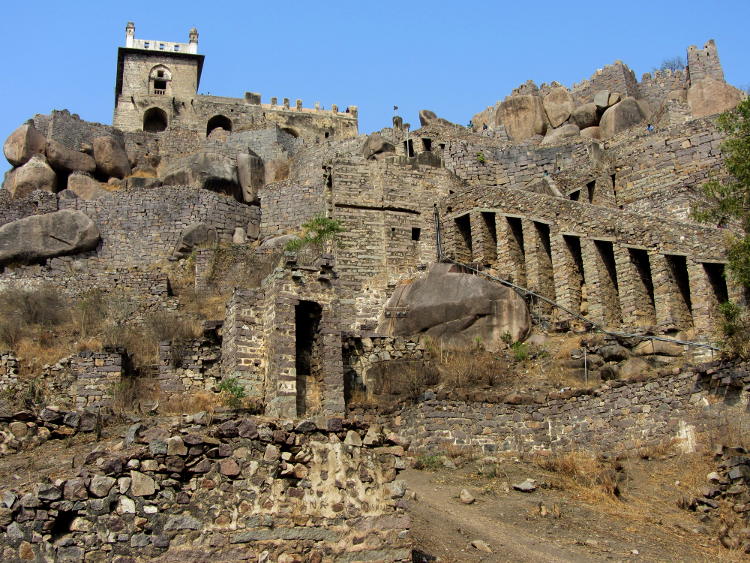
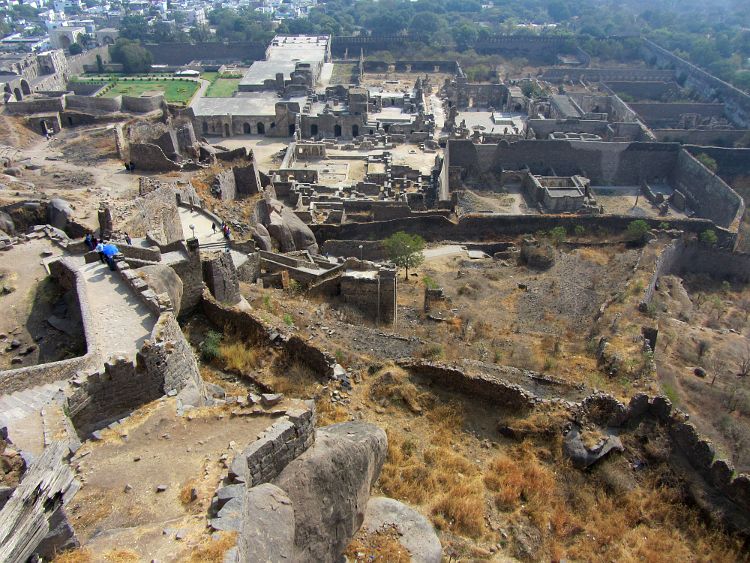
After Golconda, I took a short rickshaw ride to the Qutb Shahi tombs. These were a real highlight of the trip. Looking like a group of a half-dozen or so Taj Mahals in varying states of decay but without the well tended gardens or reflecting pools (or hordes of tourists). The comparison is valid as well, as they were built around the same time and by similar Moghul rulers. When I was there (Feb 2016), they had already started a large renovation project. One tomb was almost finished and glistened in white marble. I hope they don’t renovate all of them to such a degree. I rather like the crumbling stucco look.
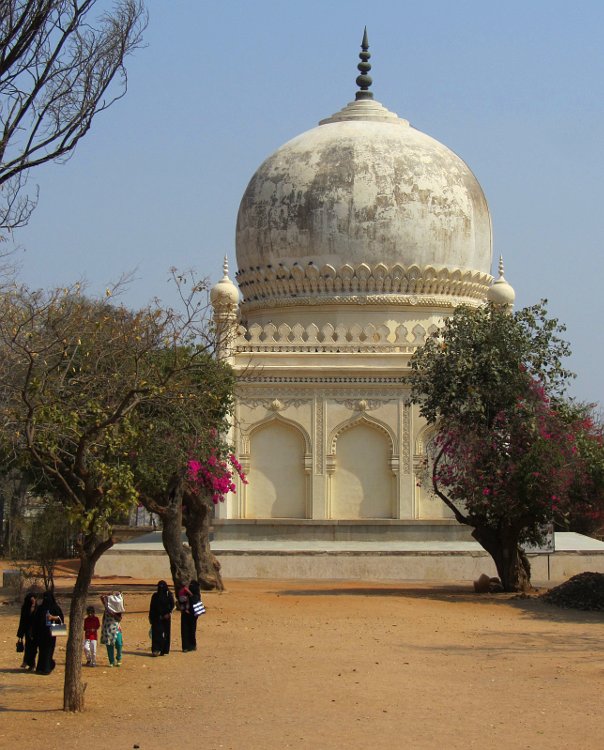
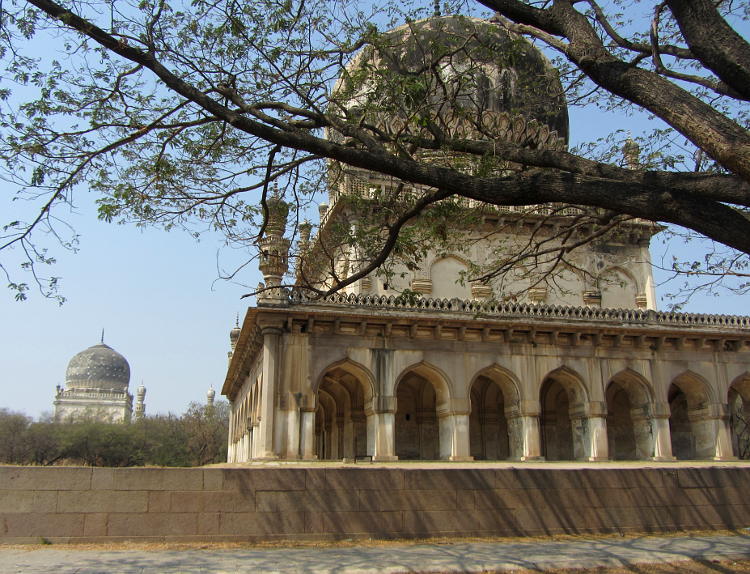
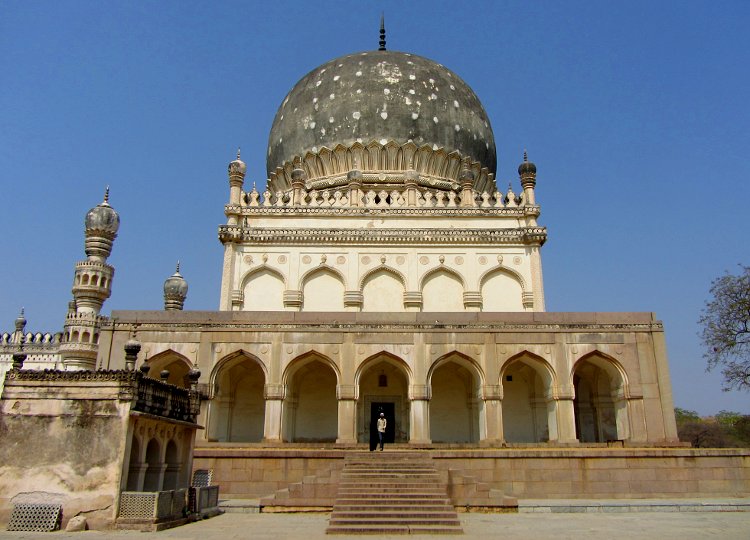
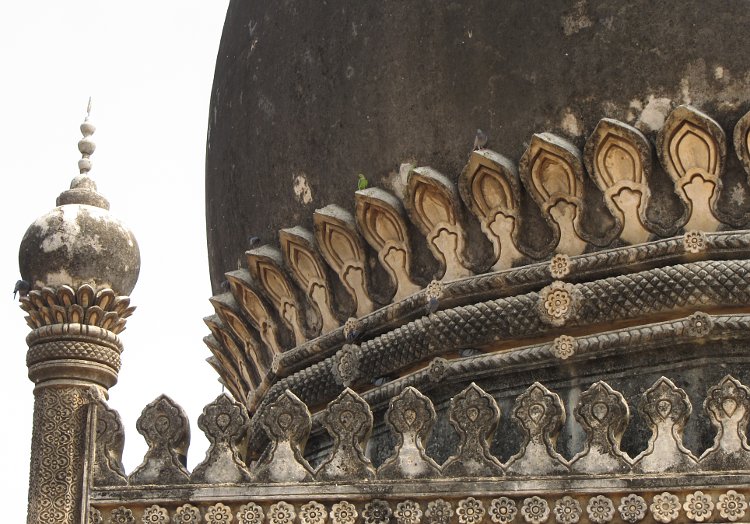
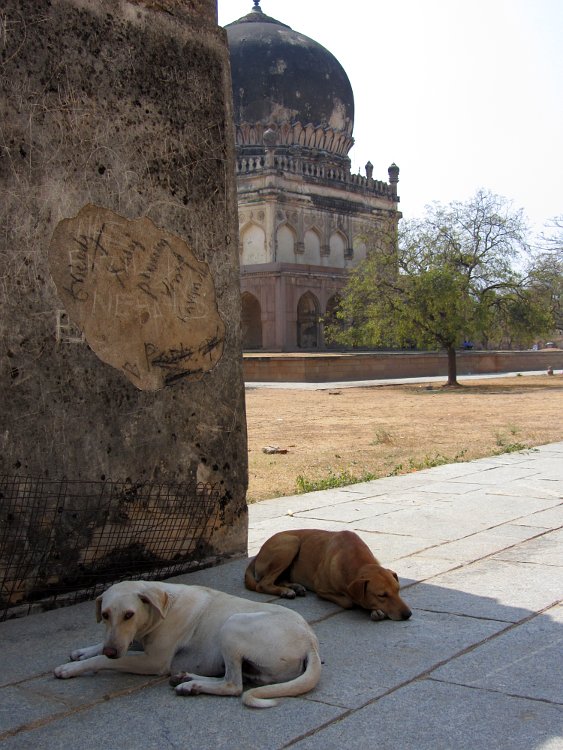
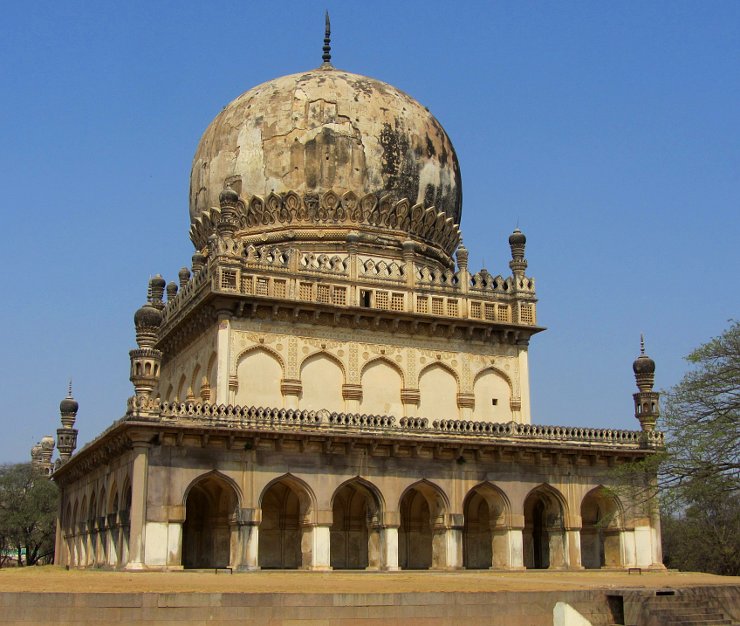
During my stay I also took a boat trip across the Hussain Sagar (the lake at the centre of Hyderabad and formerly its water supply) to a giant Buddha statue and once again chatted to the many Indian tourists. Like Chennai, Hyderabad had its fair share of interesting signs, so I’ve included these in the photos below along with a pic of my hotel room at the Royalton Hotel – highly recommended.
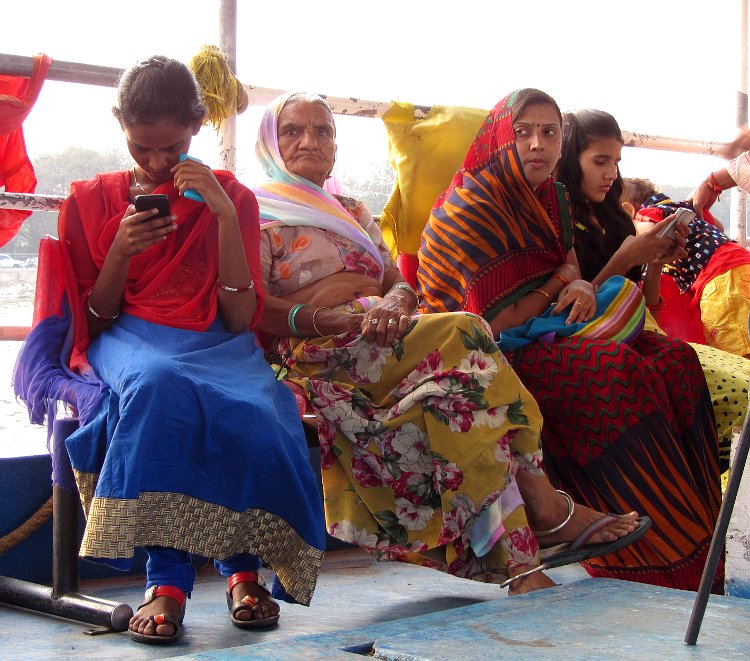
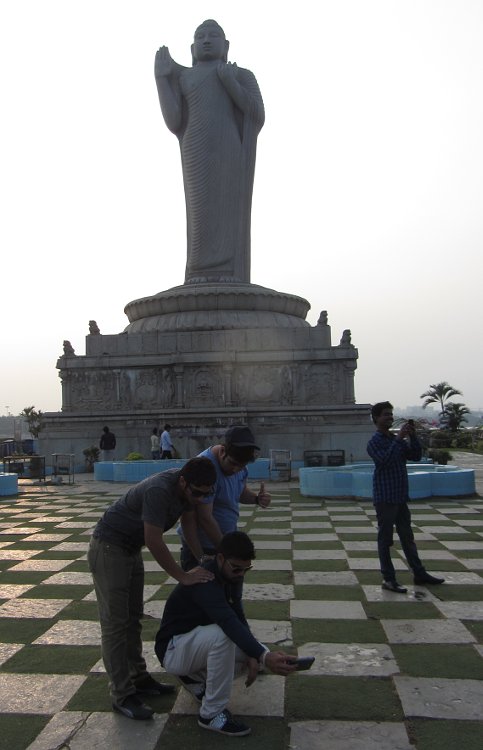
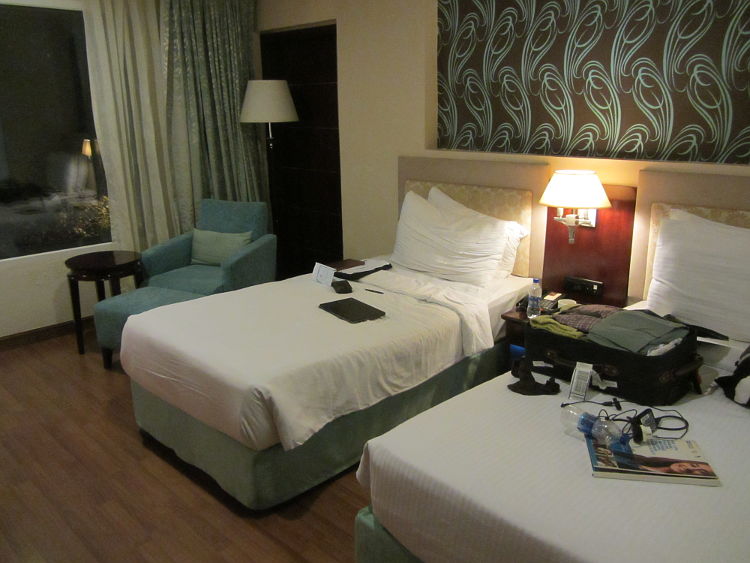
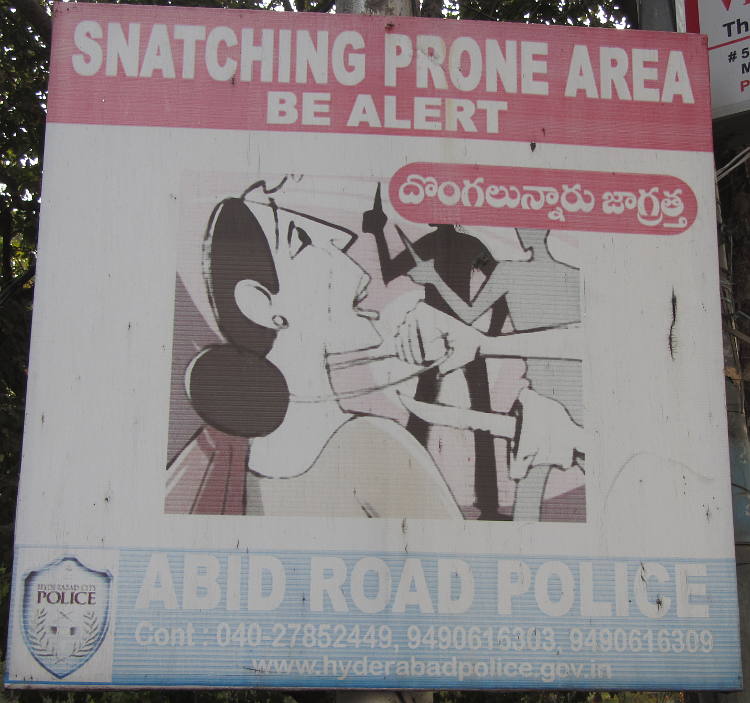
Some more photos of my trip here


